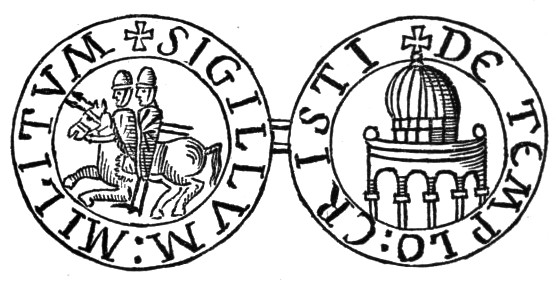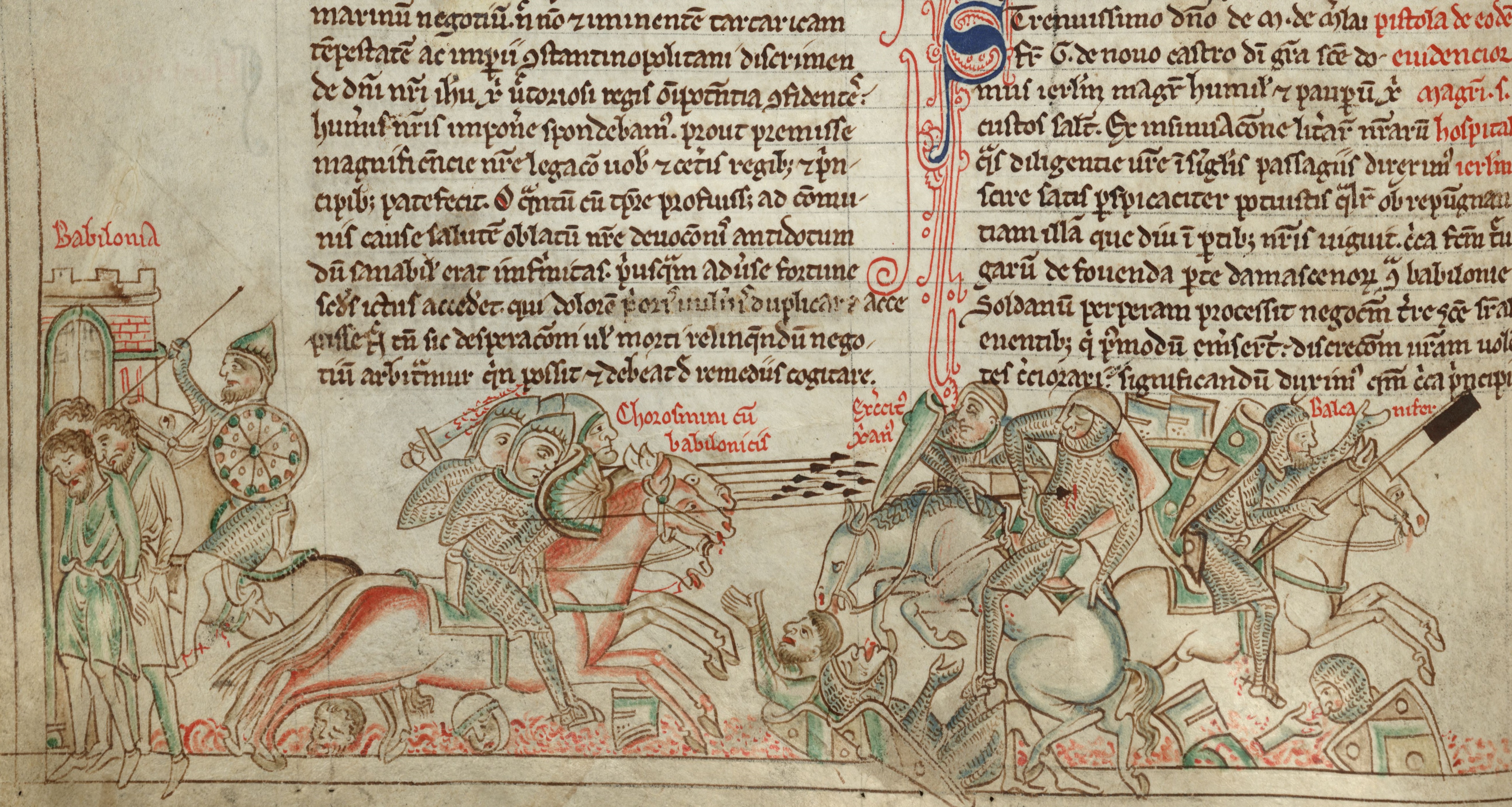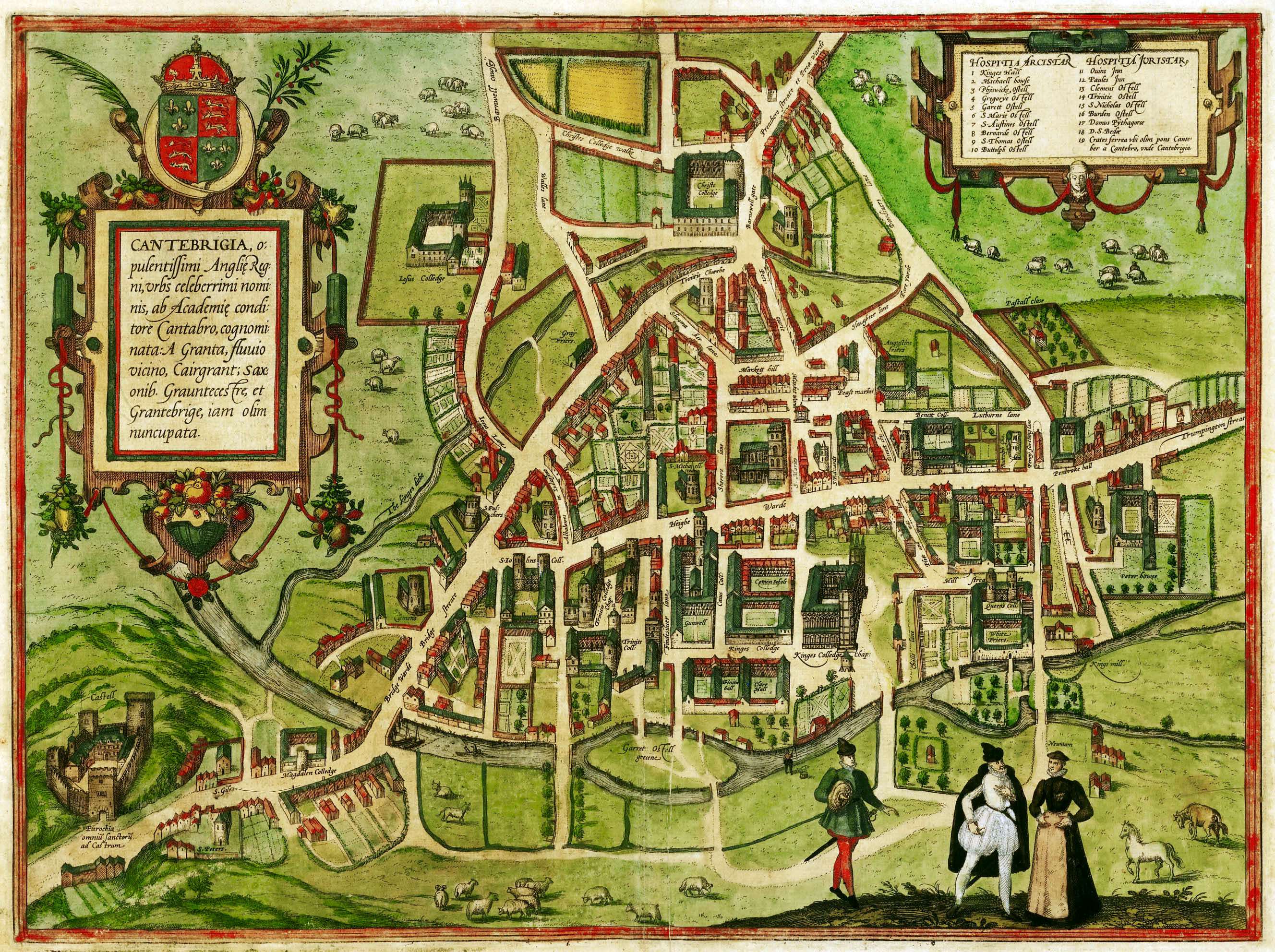|
Baphomet
Baphomet is a figure incorporated across various occult and Western esotericism, Western esoteric traditions. During Trials of the Knights Templar, trials starting in 1307, the Knights Templar were accused of heresy for worshipping Baphomet as a Demon, demonic Cult image, idol. Baphomet subsequently resurfaced during 19th century speculation and debate regarding the suppression of the Templars, with various occult and mystical traditions claiming Baphomet as a symbol of balance and synthesis, originating in teachings of the Gnostics, while others maintained Baphomet as a profane deity. Since 1856 the figure of Baphomet has been associated with the Sabbatic Goat illustration by Éliphas Lévi, composed of binary elements representing the "symbolization of the equilibrium of opposites": both Human–animal hybrid, human and animal, both Androgyny, masculine and feminine, combined in Unity of opposites, metaphysical unity. Lévi's intention was to symbolize his concept of balance, ... [...More Info...] [...Related Items...] OR: [Wikipedia] [Google] [Baidu] |
Austorc D'Aorlhac
Austorc d'Aorlhac or Aurilhac (fl. 1250) was an Auvergnat troubadour from whom only one '' sirvente'' survives. He was from Aurillac. Austorc's only piece, "Ai! Dieus! Per qu'as facha tan gran maleza", was composed after the defeat in 1250 of the Seventh Crusade under Louis IX of France. It was Hermann Schindler who first proposed that the piece referred to the Crusade of 1250 and not that of 1270, on which Louis died. Whatever the Crusade, Kurt Lewent, whose dissertation was the first major study of Occitan Crusading songs, believed that Austorc was a combatant in it. Austorc was surprised that God would allow the Crusade's defeat, but not surprised that Christians would therefore convert to Islam. An excerpt goes like this: Five stanzas in length, the ''sirventes'' stands incomplete: the first and last stanza contain lacunae and the final words of the '' tornada'' are lost. It is a ''contrafactum'' of a '' canso'' by Peirol, "M'entencio ai tot'en un vers mesa." Only a few year ... [...More Info...] [...Related Items...] OR: [Wikipedia] [Google] [Baidu] |
Knights Templar
The Poor Fellow-Soldiers of Christ and of the Temple of Solomon, mainly known as the Knights Templar, was a Military order (religious society), military order of the Catholic Church, Catholic faith, and one of the most important military orders in Western Christianity. They were founded in 1118 to defend pilgrims on their way to Jerusalem, with their headquarters located there on the Temple Mount, and existed for nearly two centuries during the Middle Ages. Officially endorsed by the Catholic Church by such decrees as the papal bull ''Omne datum optimum'' of Pope Innocent II, the Templars became a favoured charity throughout Christendom and grew rapidly in membership and power. The Templar knights, in their distinctive white mantle (monastic vesture), mantles with a red Christian cross, cross, were among the most skilled fighting units of the Crusades. They were prominent in Christian finance; non-combatant members of the order, who made up as much as 90% of their members, ma ... [...More Info...] [...Related Items...] OR: [Wikipedia] [Google] [Baidu] |
Unity Of Opposites
The unity of opposites ( or ) is the philosophical idea that opposites are interconnected by the way each is defined in relation to the other. Their interdependence unites the seemingly opposed terms. The unity of opposites is sometimes equated with the identity of opposites, but this is mistaken as the unity formed by the opposites does not require them to be identical. V.T.JMcGill and W.T. Parry, ''Science & Society'', vol. 12 no. 4 (Fall 1948), pp.418-444]. Ancient philosophy The unity of opposites was first suggested t ...[...More Info...] [...Related Items...] OR: [Wikipedia] [Google] [Baidu] |
Modern Language Notes
''Modern Language Notes'' (''MLN'') is a peer-reviewed academic journal established in 1886 at the Johns Hopkins University, with the intention of introducing continental European literary criticism into American scholarship. The journal is published five times per year, with one issue covering each of the four languages of concern (French, German, Italian, Spanish), while the fifth issue focuses on comparative literature. Each issue has its own specific sets of editors Editing is the process of selecting and preparing written, visual, audible, or cinematic material used by a person or an entity to convey a message or information. The editing process can involve correction, condensation, organization, a .... Abstracting and indexing The journal is abstracted and indexed in: References External links * Literary magazines published in the United States Modernism Literary criticism Publications established in 1886 Johns Hopkins University Press academic journals ... [...More Info...] [...Related Items...] OR: [Wikipedia] [Google] [Baidu] |
Seventh Crusade
The Seventh Crusade (1248–1254) was the first of the two Crusades led by Louis IX of France. Also known as the Crusade of Louis IX to the Holy Land, it aimed to reclaim the Holy Land by attacking Egypt, the main seat of Muslim power in the Near East. The Crusade was conducted in response to setbacks in the Kingdom of Jerusalem, beginning with the loss of the Holy City in 1244, and was preached by Pope Innocent IV, Innocent IV in conjunction with a crusade against Frederick II, crusade against emperor Frederick II, Baltic rebellions and Mongol incursions. After initial success, the crusade ended in defeat, with most of the army – including the king – captured by the Muslims. Following his release, Louis stayed in the Holy Land for four years, doing what he could towards the re-establishment of the kingdom. The struggle between the papacy and Holy Roman Empire paralyzed Europe, with few answering Louis' calls for help following his capture and ransoming. The one answer was th ... [...More Info...] [...Related Items...] OR: [Wikipedia] [Google] [Baidu] |
Cambridge University Press
Cambridge University Press was the university press of the University of Cambridge. Granted a letters patent by King Henry VIII in 1534, it was the oldest university press in the world. Cambridge University Press merged with Cambridge Assessment to form Cambridge University Press and Assessment under Queen Elizabeth II's approval in August 2021. With a global sales presence, publishing hubs, and offices in more than 40 countries, it published over 50,000 titles by authors from over 100 countries. Its publications include more than 420 academic journals, monographs, reference works, school and university textbooks, and English language teaching and learning publications. It also published Bibles, runs a bookshop in Cambridge, sells through Amazon, and has a conference venues business in Cambridge at the Pitt Building and the Sir Geoffrey Cass Sports and Social Centre. It also served as the King's Printer. Cambridge University Press, as part of the University of Cambridge, was a ... [...More Info...] [...Related Items...] OR: [Wikipedia] [Google] [Baidu] |
Cambridge
Cambridge ( ) is a List of cities in the United Kingdom, city and non-metropolitan district in the county of Cambridgeshire, England. It is the county town of Cambridgeshire and is located on the River Cam, north of London. As of the 2021 United Kingdom census, the population of the City of Cambridge was 145,700; the population of the wider built-up area (which extends outside the city council area) was 181,137. (2021 census) There is archaeological evidence of settlement in the area as early as the Bronze Age, and Cambridge became an important trading centre during the Roman Britain, Roman and Viking eras. The first Town charter#Municipal charters, town charters were granted in the 12th century, although modern city status was not officially conferred until 1951. The city is well known as the home of the University of Cambridge, which was founded in 1209 and consistently ranks among the best universities in the world. The buildings of the university include King's College Chap ... [...More Info...] [...Related Items...] OR: [Wikipedia] [Google] [Baidu] |
Occitan Language
Occitan (; ), also known by its native speakers as (; ), sometimes also referred to as Provençal, is a Romance language spoken in Southern France, Monaco, Italy's Occitan Valleys, as well as Spain's Val d'Aran in Catalonia; collectively, these regions are sometimes referred to as Occitania. It is also spoken in Calabria ( Southern Italy) in a linguistic enclave of Cosenza area (mostly Guardia Piemontese) named Gardiol, which is also considered a separate Occitanic language. Some include Catalan as a dialect of Occitan, as the linguistic distance between this language and some Occitan dialects (such as the Gascon language) is similar to the distance between different Occitan dialects. Catalan was considered a dialect of Occitan until the end of the 19th century and still today remains its closest relative. Occitan is an official language of Catalonia, Spain, where a subdialect of Gascon known as Aranese is spoken (in the Val d'Aran). Since September 2010, the Par ... [...More Info...] [...Related Items...] OR: [Wikipedia] [Google] [Baidu] |





